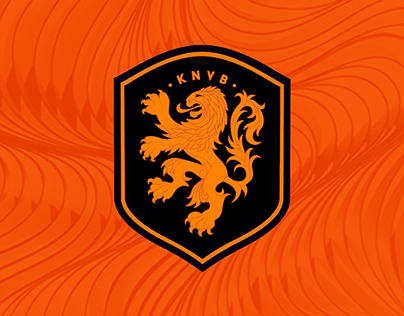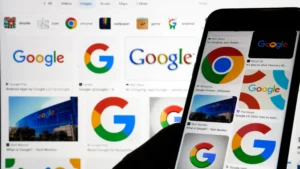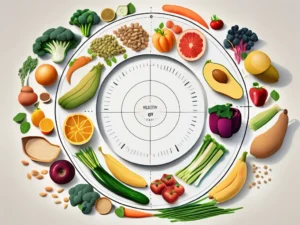About Youtube
YouTube is a global video-sharing platform that has become one of the most influential and widely used websites on the internet. It was founded by three former PayPal employees—Chad Hurley, Steve Chen, and Jawed Karim—in February 2005 and was later acquired by Google in November 2006 for $1.65 billion in stock.
Key Features and Functions:
- Content Variety:
- Videos: YouTube hosts a wide range of content, including music videos, vlogs, educational content, movie trailers, live streams, tutorials, and more.
- User-Generated Content: The platform allows users to upload, share, and view videos. It has democratized content creation, enabling anyone with a camera and internet connection to become a content creator.
- YouTube Originals: YouTube also produces its own original series and movies, some of which are available to subscribers of YouTube Premium.
- Monetization:
- YouTube Partner Program (YPP): Content creators can monetize their videos through ads, channel memberships, Super Chat, and YouTube Premium revenue.
- Advertising: Google AdSense powers YouTube’s primary monetization model, where ads are displayed before, during, or after videos.
- User Engagement:
- Comments and Likes: Users can interact with videos through comments, likes, dislikes, and shares.
- Subscriptions: Viewers can subscribe to channels, which allows them to receive updates whenever new content is uploaded.
- Playlists: Users can create and share playlists of their favorite videos.
- YouTube Premium:
- Ad-Free Experience: YouTube Premium offers an ad-free experience, along with background play, offline access, and exclusive content.
- YouTube Music: A dedicated music streaming service that comes with YouTube Premium, offering music videos, albums, and playlists.
- Live Streaming:
- YouTube Live: The platform supports live streaming, allowing users to broadcast events, gaming sessions, and other content in real-time. This feature is popular among gamers, influencers, and during significant global events.
- Algorithms and Recommendations:
- Personalized Feed: YouTube uses algorithms to recommend videos based on users’ watch history, search queries, and subscriptions. The “Trending” and “Recommended for You” sections are personalized to enhance user experience.
- Search Engine Integration: As a Google subsidiary, YouTube videos often appear prominently in Google search results, enhancing visibility.
- Global Reach:
- Languages and Accessibility: YouTube is available in over 100 countries and supports 80 different languages. The platform also offers subtitles, closed captions, and transcription services to make content accessible to a global audience.
- Cultural Impact:
- Influencer Culture: YouTube has given rise to a new generation of influencers and celebrities, many of whom have millions of subscribers and generate significant income through their channels.
- Educational Resource: The platform is a valuable resource for learners, offering tutorials, lectures, and educational series across various subjects.
- Social and Political Influence: YouTube is also a platform for activism, political discourse, and social movements, allowing users to share their views and mobilize support globally.
Challenges and Controversies:
- Content Moderation: YouTube has faced criticism for its content moderation practices, particularly regarding the spread of misinformation, hate speech, and harmful content.
- Algorithm Criticism: The recommendation algorithm has been criticized for promoting sensationalist content, leading to the spread of extremist views.
- Monetization Policies: Changes in YouTube’s monetization policies have sparked backlash from creators, especially regarding the “adpocalypse,” where many videos were demonetized due to advertiser concerns over content.
Future Outlook:
YouTube continues to evolve, with ongoing developments in areas like virtual reality (YouTube VR), short-form content (YouTube Shorts), and expanded live streaming capabilities. It remains a dominant force in the digital media landscape, influencing how content is created, consumed, and shared worldwide.
You can find more detailed and specific information on YouTube’s official website or through its help center.














1 comment